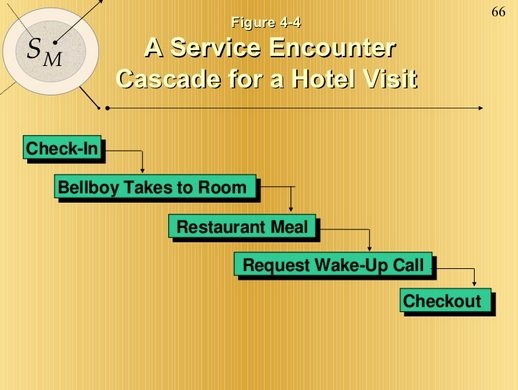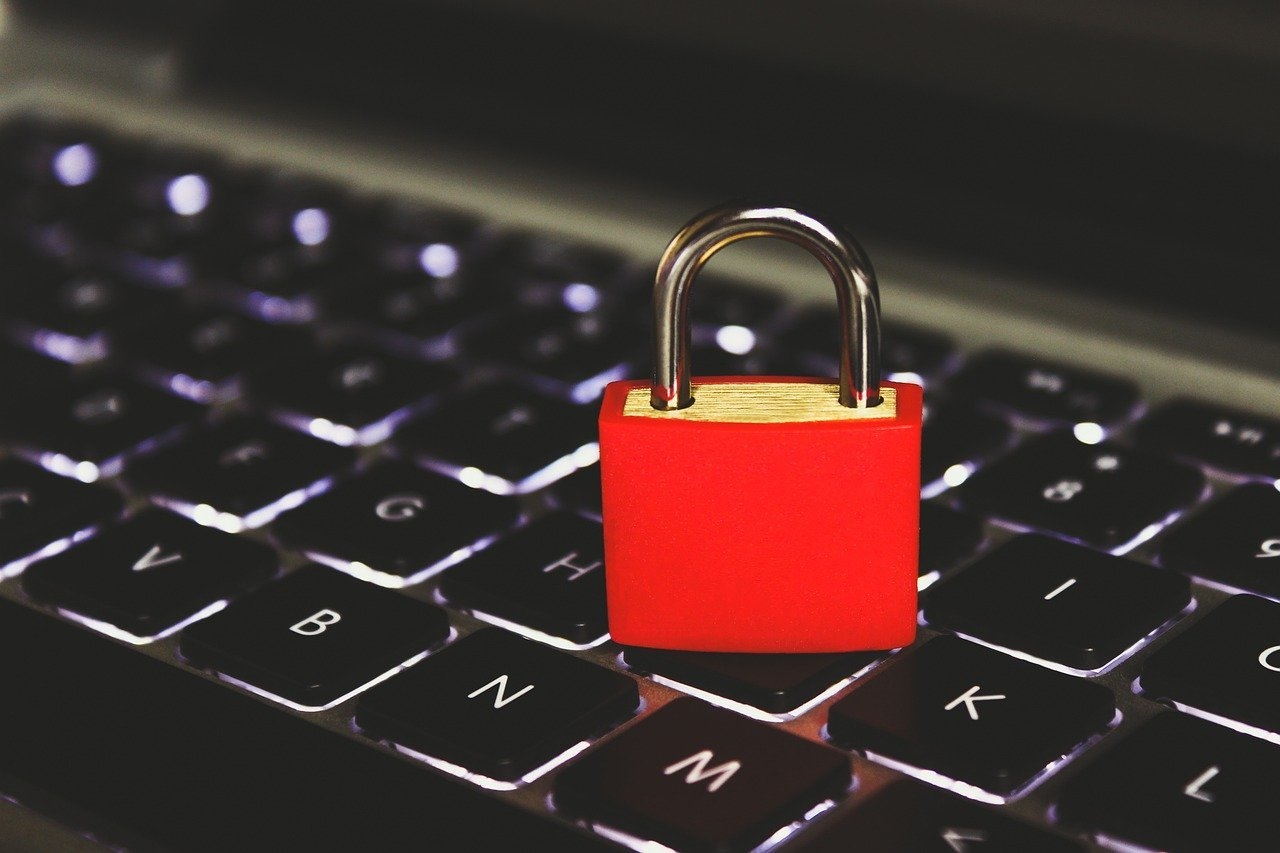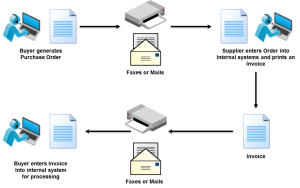Just like a shark swimming below the surface comes up unexpectedly to attack a swimmer, businesses face these silent killers every day as any number of business disasters like just below the surface of normal business operations. To avoid business disaster and ruin, you must recognize where these killers lie in wait, have effective systems in place to handle one when it raises its ugly head, and monitor performance for any variance indicating the potential for a catastrophe. For while you might think your business is running along smoothly, a disaster might head in your direction with the speed and crushing power of a freight train.
 customer service audit checklist to get you started in evaluating your current processes and uncover areas for improvement.
customer service audit checklist to get you started in evaluating your current processes and uncover areas for improvement.

Building contingency plans in anticipation of customer service failure allows the business to quickly address the problem before it escalates, as disgruntled customers get angrier over time and increasingly share their negative opinions of your brand with their friends, family, and social media connections For instance, late delivery is not entirely avoidable regardless of your planning and attention to detail. Having a plan to identify late potentialities and handle the resulting failure reduces the impact of this service failure on customer satisfaction and the chance they’ll spread their dissatisfaction to others (BTW, negative word of mouth spreads faster and farther than positive).
Communication is also a critical aspect of recovering from a service failure as it mitigates dissatisfaction. For instance, when you discover a product is likely to arrive late, don’t wait for the customer to complain. Share the potential for late delivery as soon as you learn of the problem and offer options to reduce the impact. You might offer a small discount on a future purchase or a small gift as compensation for the late delivery. Hotels often face issues with guest dissatisfaction for any number of reasons. That’s why they commonly store gift baskets in a back room or offer a gift certificate for the restaurant. That way, when a guest comes to the desk to complain (which often makes other guests aware of the problem and may have a domino effect on their own complaints) offer them a gift basket commensurate with the severity of the complaint.
Physical damage
Physical damage to your business comes from a variety of sources. For instance, rodents or insects might invade your warehouse eating and contaminating items stored there. a fire, earthquake, or another natural disaster might cause structural damage to the facility making it unusable for some period of time.
Some disasters to your physical location are unavoidable, but you can bring in a safety expert, like Carlos Ramirez Safety to advise on how to avoid problems. You might also appoint and train a fire safety officer. If your business has 20 employees or fewer, you still need someone you trust who is trained in fire safety and is on the premises for most of your operating hours. There are lots of companies in the fire safety industry that train fire safety officers, if you don’t already have someone trained in everything they need to know to avoid and reduce the damage from a fire or other event.
Educate your staff. After training someone as a fire safety officer, they should work with all of your team to teach them about the right procedures to follow if a fire occurs. Set up an evacuation plan in the event of a physical threat (including fire, earthquake, tornado, or active shooter) and train employees to recognize and report potential threats to the safety officer.
Have safety equipment ready including fire alarms throughout the premises and close to sources of a potential fire. Fit fire doors throughout the building to prevent a fire from spreading. Use smoke curtains in large spaces to stop smoke collection that makes it hard for employees and customers to find the way out. Make sure you also have lots of fire extinguishers spread throughout your building. You ought to have a range of different extinguishers that can tackle different types of fire, with clear instructions displayed nearby.
Carry out regular safety checks. Your fire safety officer should check fire safety equipment on a regular basis, preferably weekly, to make sure everything is in good working order. This should include your fire alarms, fire extinguishers, and fire doors. When these checks are carried out, the officer should note any potential hazards or problems and have them corrected as soon as possible to keep things safe.
Display safety signage prominently throughout the building. Throughout your building, you should display clear signage that detail your fire safety measures and procedures, as well as diagram the evacuation route. Fire extinguishers should have clear instructions on how to use them if they’re needed and clearly mark fire exits out of the building.
Cybersecurity and data integrity
Cybersecurity, data protection, and data integrity are critical elements of running a business today as these digital threats increase every year. Hackers can gain entrance into your computer assets in any number of ways, but the most common is through a phishing scheme using employees as unwitting accomplices. Once inside your data warehouse, they can steal customer-sensitive information, change your data, or even encrypt your data requiring a substantial payment before they unencrypt the data by installing ransomware.
 Image by Free stock photos from www.rupixen.com from Pixabay
Image by Free stock photos from www.rupixen.com from Pixabay
Any of these digital threats causes not only loss to your business but also damages your reputation when the public becomes aware of this threat to their privacy and security. And some businesses, like hospitals, government agencies, and energy companies, ransomware can kill people, not just damage their security or your operations.
IoT (the internet of things) offers additional opportunities for cybercriminals to attack your operations. For instance, a hacker might cause a piece of equipment to burn out by telling the device it was operating in the normal range or might falsify the output of a particular device when it is, in fact, under or overperforming.
Surviving a cybercriminal means staying ahead of their tactics. Many firms hire an outside firm specializing in cybersecurity to evaluate and recommend tactics to avoid a business disaster from a cyber threat. Sometimes, a firm maintains a relationship with the firm to constantly explore their system looking for new vulnerabilities. As a small firm, you can still afford some security through a monthly subscription to a business like Norton.
Reputation management
Your reputation is one of the biggest assets to your organization and damaging that reputation is a serious problem. We spoke earlier about using tactics around customer service failure to avoid damage to your reputation. In other cases, negative posts on social media or invalid reviews posted on an e-commerce site have nothing to do with the failure on your part.
Surviving these reputation-damaging events involves setting up a program of active listening to discover not only legitimate but illegitimate complaints against your brand. Never argue against a complaint or low rating as it only draws more attention to the complaint and does little to reduce the impact of the negative review. Arguing with a spam review might even encourage the person to post additional negative comments. Instead, address every complaint as if it were a legitimate complaint by acknowledging your error and openly discussing the tactics put in place to avoid future mistakes.
Business & Finance Articles on Business 2 Community
(44)








